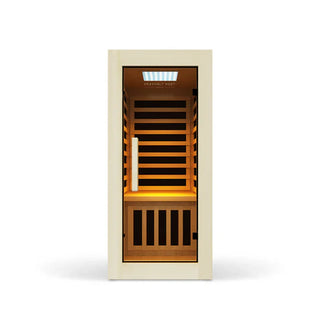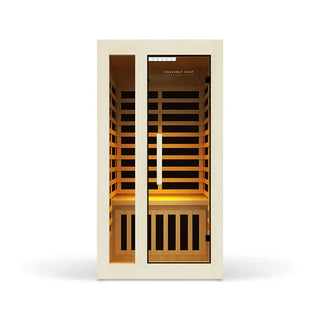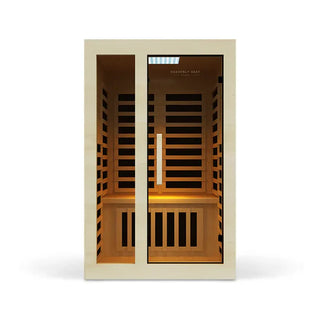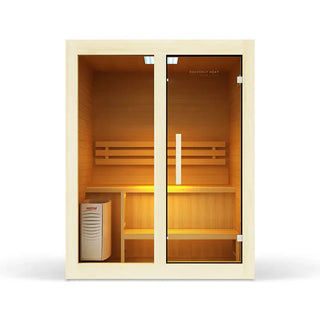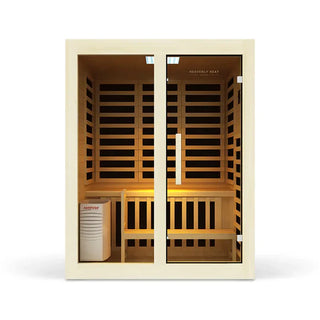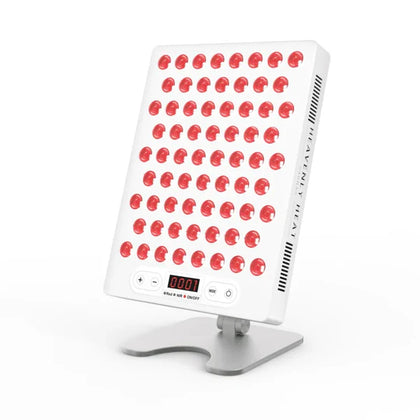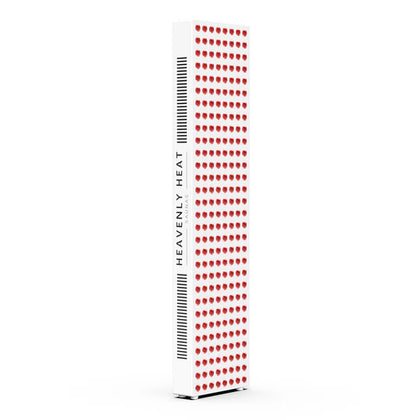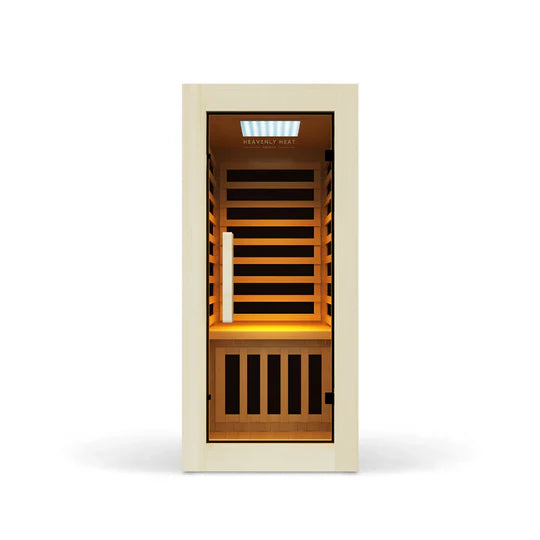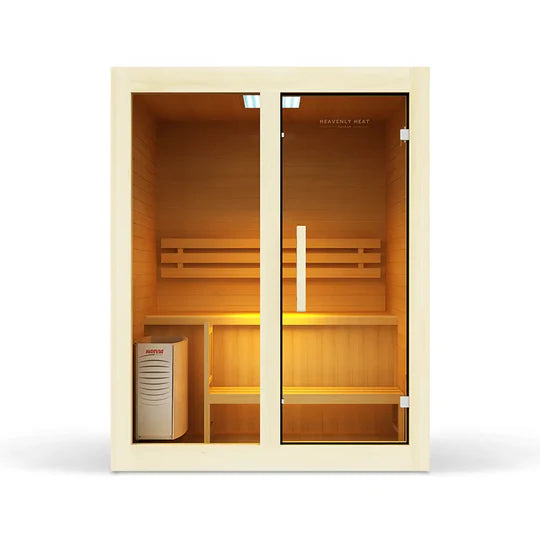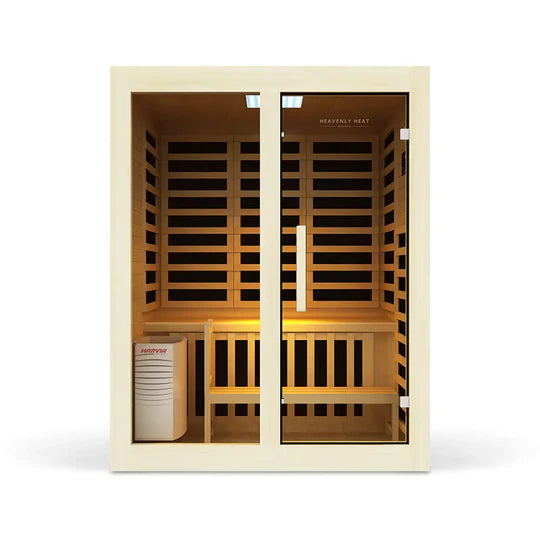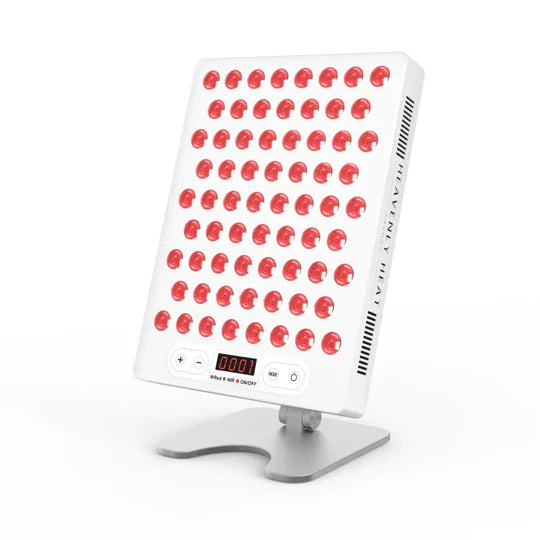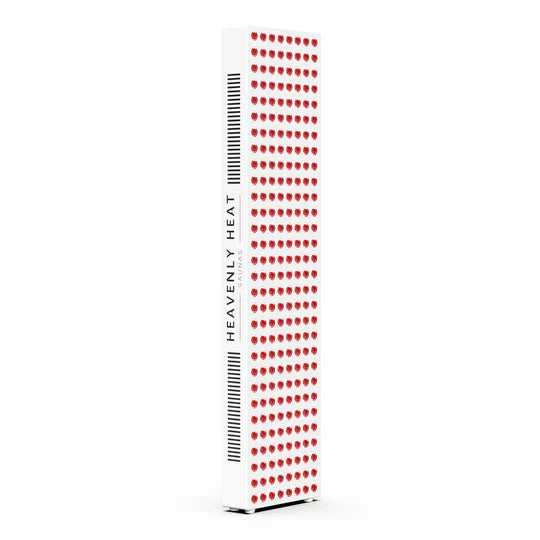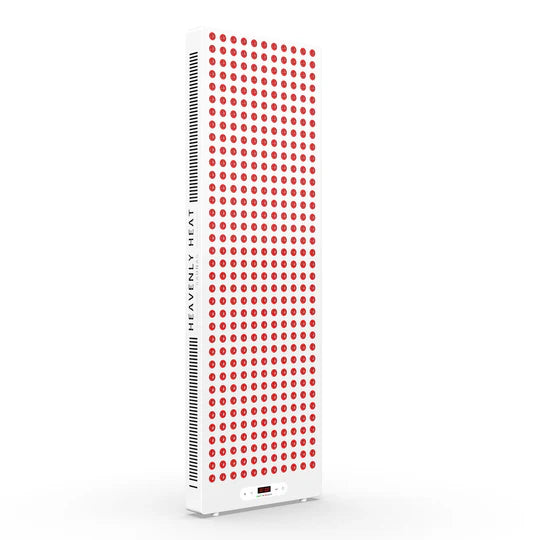Can You Use Red Light Therapy With Retinol?
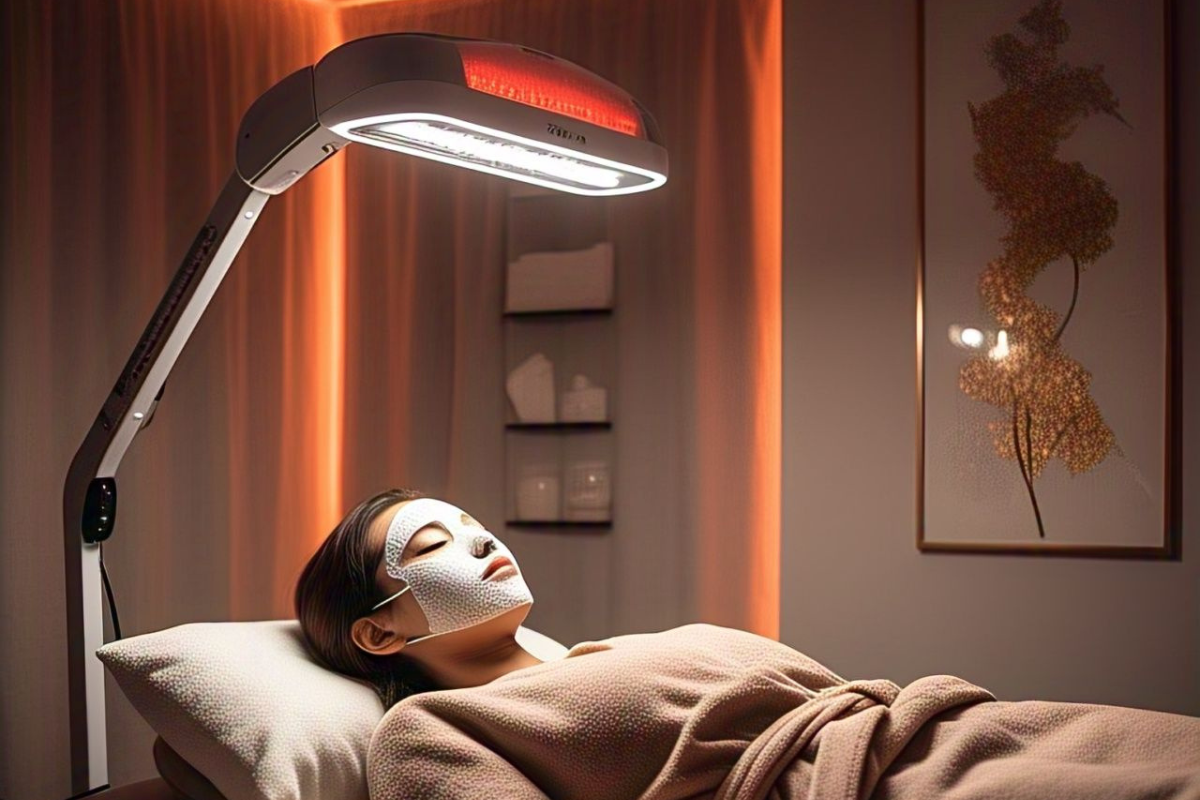
Red light therapy uses low-level wavelengths to penetrate the skin, boosting collagen production and improving skin texture.
It helps reduce wrinkles, inflammation, and acne scars, making the skin look healthier and more youthful.
Retinol, a form of vitamin A, speeds up cell turnover, unclogs pores, and fights signs of aging.
It smooths fine lines, fades dark spots, and improves overall skin tone. Using red light therapy with retinol can enhance their effects, but combining them may cause irritation for sensitive skin.
To prevent this, start slowly, use moisturizer, and apply sunscreen daily. When used correctly, they create a powerful skincare routine.
Benefits and Concerns of Combining Both
Enhances Results
Red light therapy and retinol each promote skin renewal, but together, they amplify results.
Red light stimulates collagen production and cellular repair, while retinol accelerates skin turnover.
This synergy helps reduce fine lines, improve elasticity, and even out pigmentation more efficiently.
According to a study, low-level red and infrared light therapy significantly boosts collagen and elastin production in the skin, further enhancing skin rejuvenation.
By pairing red light with retinol, you can amplify these benefits , helping to reduce the appearance of wrinkles and improve skin firmness.
However, be mindful of not overusing both treatments, especially if you have sensitive skin.
Works More Efficiently
By addressing skin health from different angles, red light and retinol complement each other for better efficiency.
Red light enhances mitochondrial function, helping cells regenerate faster, while retinol speeds up exfoliation.
This combination reduces the time needed for visible improvements. To optimize efficiency, use red light in the morning and retinol at night.
Many users see results within a few weeks, compared to months when using either alone. However, moderation is key to avoiding irritation.
Adds Convenience
Pairing red light therapy with retinol simplifies skincare by targeting multiple concerns in fewer steps.
Instead of layering multiple products, users can rely on this powerful duo for anti-aging, acne control, and skin rejuvenation.
Red light devices are often portable and hands-free, allowing for multitasking while receiving treatment.
Some devices even come with built-in timers and customizable settings, further enhancing convenience for everyday use.
Creates a Balanced Routine
Integrating red light therapy and retinol into a wellness routine ensures skincare remains balanced.
Red light therapy can be used daily to support skin repair, while retinol should be applied less frequently to avoid irritation.
Alternating between heat exposure, like saunas, and skin treatments enhances overall wellness. Adjusting based on skin response is crucial to prevent dryness or sensitivity.
Offers More Flexibility
Using red light therapy and retinol together provides flexibility in skincare routines.
Users can adjust frequencies—using red light daily and retinol only when necessary—based on their skin’s needs.
Seasonal changes can also influence use; for instance, red light helps counteract winter dryness, while retinol may be reduced in summer to prevent sun sensitivity.
Risk of Overuse
While beneficial, excessive use of both red light therapy and retinol can lead to irritation.
Retinol can cause peeling, redness, and sensitivity, while overuse of red light therapy may overstimulate cells.
This may also disrupt the skin barrier, making it prone to dehydration. Spacing out treatments and listening to the skin’s response is essential to avoid complications.
Potential Compatibility Issues
Some red light therapy devices emit heat, which can intensify retinol’s drying effects.
Additionally, certain formulations of retinol may be too strong when used alongside red light.
To minimize issues, select a stable retinol formulation and avoid combining it with harsh exfoliants or acids when using red light therapy.
Higher Costs
Investing in both red light therapy and retinol can lead to increased costs. High-quality red light devices can be expensive, and medical-grade retinol products often come with a premium price tag.
Maintenance, such as replacing bulbs or upgrading devices, further contributes to costs.
However, cost-effective solutions exist—such as choosing multi-functional red light devices or using over-the-counter retinol products.
More Complicated
Using both red light therapy and retinol requires careful planning to avoid adverse effects.
Applying retinol too often while using red light therapy can lead to excessive dryness or irritation.
To ensure smooth integration, users should start with lower frequencies and gradually adjust based on their skin’s response.
Possible Side Effects
Combining red light therapy with retinol can lead to certain side effects, especially for sensitive skin.
Dryness, redness, and peeling are common if retinol is overused. Red light therapy, although generally safe, can cause mild discomfort if used excessively.
Consulting a dermatologist before starting a combined routine is always recommended.
Retinol and Its Effects on the Skin
Firms Skin by Boosting Collagen
Retinol stimulates fibroblasts, the cells responsible for making collagen, which helps maintain skin elasticity and firmness.
Over time, this process strengthens the skin, reducing sagging and making it look more youthful.
While retinol can’t completely reverse collagen loss, it significantly slows down degradation, keeping skin plump and resilient.
Smooths Wrinkles and Fine Lines
By speeding up cell turnover, retinol gradually reduces fine lines and wrinkles. It enhances skin renewal, helping newer, fresher cells replace older ones.
This process softens the appearance of wrinkles and makes the skin look more youthful.
Speeds Up Skin Cell Renewal
By speeding up cell turnover, retinol gradually reduces fine lines and wrinkles. It enhances skin renewal, helping newer, fresher cells replace older ones.
This process softens the appearance of wrinkles and makes the skin look more youthful.
Fades Dark Spots and Pigmentation
Retinol helps even out skin tone by accelerating the shedding of pigmented skin cells.
While retinol can lighten most types of pigmentation, it works best on sun-induced spots and post-inflammatory hyperpigmentation.
Prevents Acne Breakouts
Retinol helps even out skin tone by accelerating the shedding of pigmented skin cells.
While retinol can lighten most types of pigmentation, it works best on sun-induced spots and post-inflammatory hyperpigmentation.
Keeps Skin Hydrated
Although retinol is known for its drying effects, it can also improve hydration when paired with moisturizers.
Over time, it strengthens the skin barrier, helping it retain moisture more effectively.
Minimizes Large Pores
Retinol reduces the appearance of large pores by keeping them unclogged and encouraging cell turnover.
As it strengthens the skin, pores become less stretched, leading to a smoother texture.
Evens Out Skin Tone
Retinol brightens skin and fades uneven patches by promoting consistent cell turnover.
For best results, combining retinol with niacinamide enhances results, as both ingredients work synergistically to improve skin tone and texture.
May Cause Dryness and Irritation
Retinol’s power comes with a downside—it often causes dryness and irritation, especially in the beginning.
These effects typically last a few weeks as the skin adjusts. To minimize discomfort, start with a lower concentration and increase frequency gradually.
Makes Skin More Sensitive to Sunlight
Retinol makes the skin more susceptible to sunburn by thinning the outer layer temporarily. This increases UV sensitivity, making sun protection essential.
Using retinol only at night further reduces the risk of UV-induced irritation.
Best Practices for Application and Timing
Choose the Right Time
Timing plays a crucial role in how red light therapy and retinol work together. Retinol increases skin sensitivity, making nighttime the best time for application.
Seasonal changes also matter—winter may require extra hydration, while summer demands diligent sun protection.
Use the Right Amount
A pea-sized amount of retinol is typically sufficient for the entire face. Using too little may yield minimal results, while too much can cause redness and discomfort.
Consider Your Environment
Preparation is key to maximizing the effects of red light therapy and retinol. Cleanse the skin thoroughly to remove dirt, oil, and makeup.
If using red light therapy first, wait for the skin to cool before applying retinol.
Prep Before Applying
Cleanse the skin thoroughly to remove dirt, oil, and makeup. If using red light therapy first, wait for the skin to cool before applying retinol.
Follow a Consistent Routine
Building a habit of using retinol and red light therapy regularly ensures steady progress.
If sensitivity develops, scaling back frequency rather than stopping entirely keeps results on track.
Over time, a well-structured routine leads to visible improvements in skin texture and tone.
Track Progress & Adjust
Monitoring changes in skin condition helps determine the effectiveness of retinol and red light therapy.
Reviewing results every few weeks ensures adjustments are made when necessary. If redness or peeling increases, reducing frequency or adding a soothing moisturizer may help.
Pair with Other Methods
Combining red light therapy with other skincare treatments can enhance results.
Hydrating serums help counteract dryness, while antioxidants support skin repair. A gradual approach allows proper acclimation and prevents skin overload.
Boost Absorption
Maximizing absorption ensures that both red light therapy and retinol work at peak efficiency.
Applying retinol to slightly damp skin can improve penetration, but too much moisture can dilute its strength.
Eating a nutrient-rich diet supports skin health, while hydration enhances product absorption.
Fat-soluble vitamins and omega-rich foods contribute to a well-nourished complexion.
Exercise boosts circulation, helping deliver active ingredients more effectively.
Understanding these factors makes a noticeable difference in how well the skin responds to treatments.
Store Properly for Best Results
Proper storage preserves the potency of retinol and ensures red light therapy devices remain effective.
Retinol should be stored in a cool, dark place—preferably in an opaque, airtight container.
Red light therapy devices should be kept clean and in a dry environment to prevent damage.


